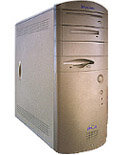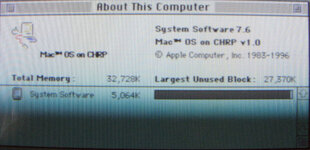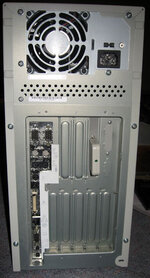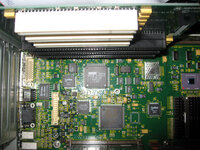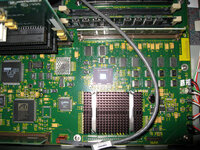jessenator
Well-known member
Wanted to break this out into its own thread from the wonderful discussion happening in the L2 Sonnet thread.
Hopefully this can be a catch-all for any other Mac OS Compatible (nee "clone") and other PREP/CHRP discussion.
I'll start with the previous post from Coloruser

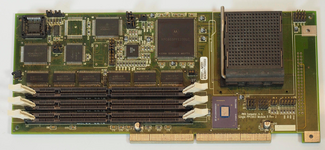
Is there a relationship between the Basecamp and the Magna board you mentioned? (looks like an s900 derivative on the surface, but there's probably a lot of differences in the layers I'm guessing.)

Hopefully this can be a catch-all for any other Mac OS Compatible (nee "clone") and other PREP/CHRP discussion.
I'll start with the previous post from Coloruser
Met@box (originally Pios) started primarily as computer developer. They had a clone sublicense from Motorola and developed a CHRP Mac Clone (Maxxtrem) that was also planned (sans the Mac Chipset) as a new Amiga (many of the guys behind pios were ex Amiga/Commodore guys from germany and the US). I also played with the Tatung clone those days and that was planned to be used as basis for other Pios computers. In parallel they also had a sublicense from Umax. They (we) had clones based on UMAX S900 boards (Magna) in a unique housing and Tanzania I based units in the standard housing (Keenya) with just a special front plate. In the beginning they used daughtercards from a variety of suppliers but then went on to do our own. First a 604r with up to 300 Mhz (but without inline cache like Apple‘s Mach 5) and later G3 and G4 (even with 2mb BS Cache). When the clone license was basically useless, the company only focussed on Upgrades and developed a set-top box as the new main goal (Was not involved in that at all). Next came ZIF upgrades for G3s and then - to suit the Tanzania base - the Joecard T. We never really focussed on Alchemy/Gazelle and as far as i remember never got it running in the Alchemy testbeds. We also had a US subsidiary for a year or so. In the very late 90s, Metabox only focussed on the Set-top-box business and the Mac business slowly dwindled down. No more new developments like Sawtooth etc. made it past the drawing board. Finally in 2001 - as the set-top business failed - the company went bankrupt.
Pios ONE (Amiga Version without Mac Chipset - see the blank spaces) and single CPU daughtercard. Even a CPU existed.

I went down a rabbit hole on this... I can sort of understand where the desire/hype comes from. Explains a lot about their absence in the Mac world. (that, and their numbers might be smaller than even the L2 G3 upgrades.)Amiga people pay out even more than classic Mac people.
I had never heard of other CHRP-related designs/machines aside from IBM's offerings and the phantoms: Motorola Viper and Umax Basecamp prototypes... hyped right up to it all screeching to a halt as the licensing program was (mostly) dissolved.Pios ONE (Amiga Version without Mac Chipset - see the blank spaces) and single CPU daughtercard. Even a CPU existed.
Is there a relationship between the Basecamp and the Magna board you mentioned? (looks like an s900 derivative on the surface, but there's probably a lot of differences in the layers I'm guessing.)


